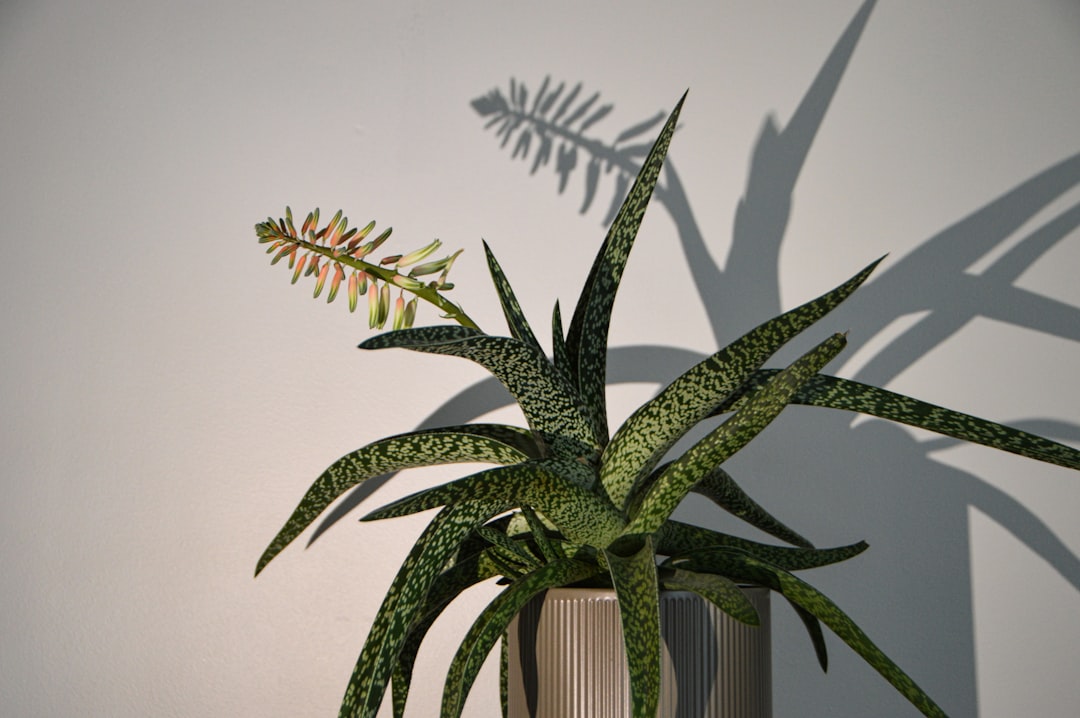While it might be a challenge for a guava tree to thrive outdoors in numerous regions of the United States, the option of growing them as houseplants opens up a world of possibilities for gardening enthusiasts. This article will delve into the ins - and - outs of cultivating guava trees indoors, offering a comprehensive guide for anyone interested in edible gardening.
First and foremost, let's understand the nature of guava trees. Guava trees are native to tropical and subtropical regions, which means they require warm temperatures and a good amount of sunlight. In the US, areas with harsh winters and cold climates are not suitable for outdoor guava tree growth. However, when grown indoors, we can create a controlled environment that mimics their natural habitat.
When choosing a guava tree for indoor cultivation, it's important to select a dwarf variety. Dwarf guava trees are more compact and better suited for the limited space inside a house. They also tend to bear fruit earlier than full - sized trees. Some popular dwarf guava varieties include the Thai Maroon and the Tropical White.
One of the key factors in successfully growing a guava tree indoors is providing adequate sunlight. Guava trees need at least 6 - 8 hours of direct sunlight per day. Place your guava tree near a south - facing window where it can receive the maximum amount of sunlight. If natural sunlight is insufficient, you can supplement it with artificial grow lights. LED grow lights are a great option as they are energy - efficient and can provide the right spectrum of light for plant growth.
Soil is another crucial aspect. Guava trees prefer well - draining soil that is rich in organic matter. You can create a soil mix by combining equal parts of peat moss, perlite, and compost. This soil mix will ensure good drainage and provide the necessary nutrients for the tree's growth. Make sure to choose a pot with drainage holes to prevent waterlogging, which can lead to root rot.
Watering is a delicate balance. Guava trees need to be kept moist but not overly wet. Check the soil regularly by sticking your finger about an inch into the soil. If it feels dry, it's time to water. During the growing season (spring and summer), you may need to water more frequently, while in the dormant season (fall and winter), reduce the watering frequency.
Fertilizing is essential for the healthy growth and fruit production of guava trees. Use a balanced, slow - release fertilizer formulated for fruit trees. Apply the fertilizer according to the package instructions, usually every 2 - 3 months during the growing season. Avoid over - fertilizing, as this can cause excessive vegetative growth at the expense of fruit production.
Pruning is also an important part of guava tree care. Prune your guava tree to maintain its shape, remove dead or diseased branches, and improve air circulation. You can prune in late winter or early spring before the new growth starts. Use sharp, clean pruning shears to make clean cuts.
Pollination is necessary for fruit production. In an outdoor setting, insects and wind help with pollination. Indoors, you may need to assist with pollination. You can use a small paintbrush to transfer pollen from the male flowers to the female flowers. This simple technique can significantly increase the chances of fruit set.
Once your guava tree starts to bear fruit, it's an exciting time. Guava fruits are rich in vitamins C and A, as well as dietary fiber. They have a unique, sweet - tart flavor that is both refreshing and delicious. Harvest the fruits when they are fully ripe. You can tell they are ripe when they change color and become slightly soft to the touch.
In conclusion, growing a guava tree as a houseplant in the United States is a rewarding experience. With the right care and attention to sunlight, soil, water, fertilization, pruning, and pollination, you can enjoy the beauty of a guava tree and the delicious fruits it produces right in your own home. It's a wonderful addition to any edible gardening project, bringing a touch of the tropics indoors.

